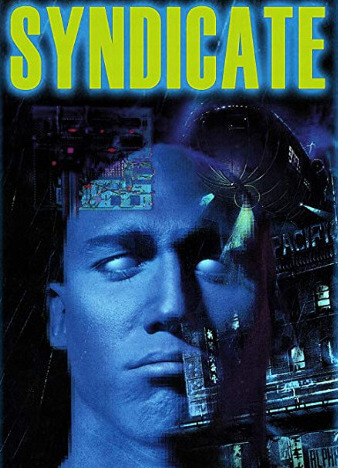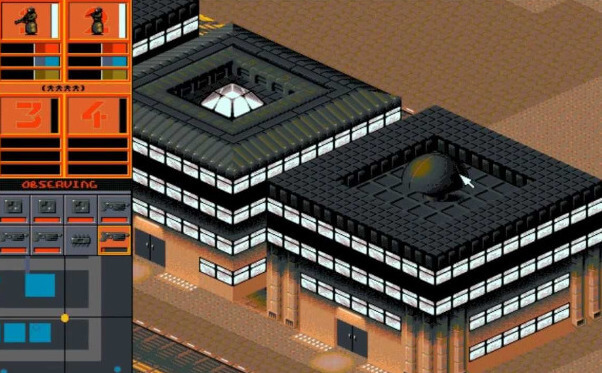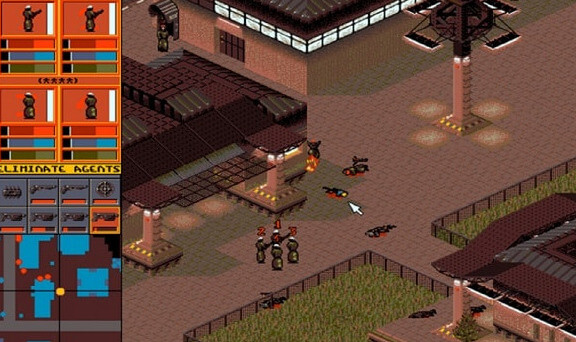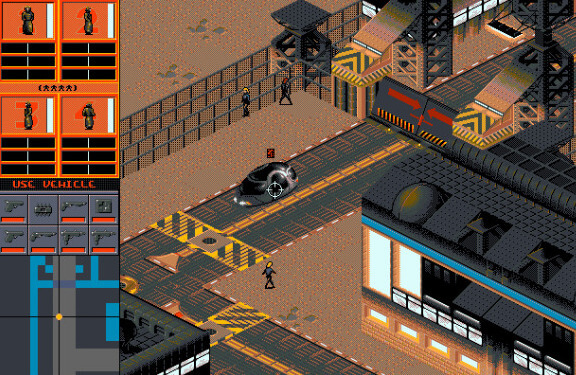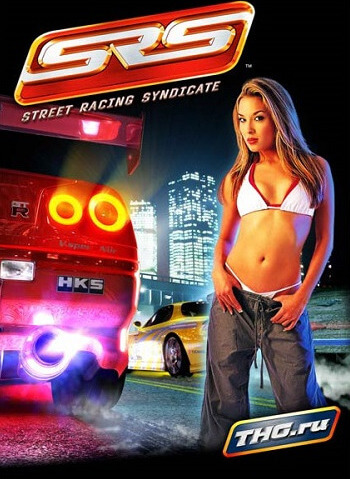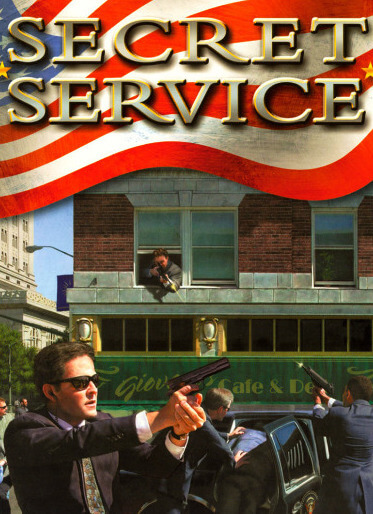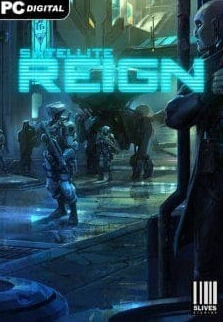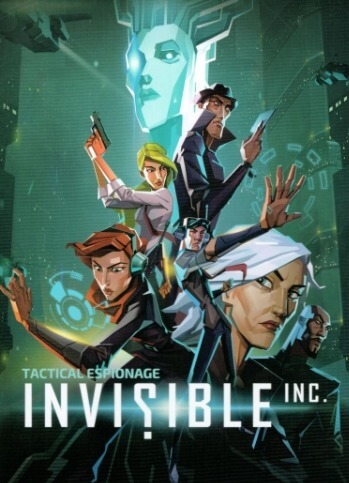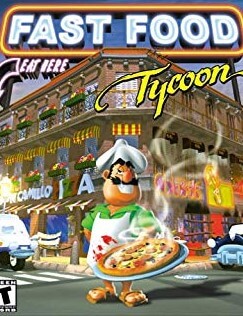Gameplay of Syndicate involves ordering a one to four-person team of cyborg agents around cities displayed in a fixed-view isometric style, in pursuit of mission goals such as assassinating executives of a rival syndicate, rescuing captured allies, "persuading" civilians and scientists to join the player's company or killing all enemy agents.
As the player progresses through the game, they must manage the research and development of new weaponry and cyborg upgrades. The player has limited funds, requiring taxation of the conquered territories. Over-taxed territories may revolt, resulting in the loss of that territory and requiring the replay of that mission. The player begins the game with pistols, progressing through increasingly destructive weaponry that includes Uzis, miniguns, flamethrowers, sniper rifles, time bombs, lasers and the destructive Gauss gun. In addition, the player can use items such as medikits to heal their agents, scanners to locate pedestrians/vehicles and the "Persuadertron" to brainwash the player's targets into blind obedience.
Plot
The backstory of Syndicate is contained in the manual, instead of the game itself. As multinational corporations gained power and influence they came to exercise direct influence over the world's governments, eventually replacing them, controlling the lives of people through commerce. One such "megacorp", named EuroCorp, invented the "CHIP", a device inserted into the neck which alters a person's perception of the outside world, numbing their senses to the misery and squalor around them. It also opened the user to suggestion and manipulation by the megacorps. Before long the megacorps became corrupt crime Syndicates, fighting amongst each other for monopoly over CHIP manufacturing and control over populations.
The game puts the player in charge of a self-named corporation in a near-future cyberpunk-style world in the year 2096. The teams of up to four cyborg agents are used in a series of missions, which include assassinations, infiltration, theft and "persuasion" (using a device called a Persuadertron to capture individuals of importance). During the course of the game, the player establishes worldwide dominance with their established syndicate, one territory at a time, while engaging and eliminating rival syndicates (such as The Tao, Sphinx Inc., and The Castrilos) and putting down internal mutinies.
Release
The game appeared in 1993 on the Amiga and PC DOS computers and was subsequently ported across to a wide variety of other formats. The DOS version used the standard 320x200 256-color resolution (Mode 13h) just for the planning and main menus, with the tactical simulation part rendered at 640x480 with only 16 colors. The higher resolution permitted finer detail in the graphics and allowed for the illusion that more than 16 colors were used by means of dithering. Similar graphics and same levels design were used in the Macintosh, 3DO, Atari Jaguar and RiscPC ports.
A separate version was made for the simpler, 16-bit consoles, as the hardware could not support the complexity of the original game. It contained new level design and different graphics, and was released for Sega Mega Drive and SNES. Later, it was released on the PlayStation Portable as part of EA Replay, a compilation of retro games released in the United States on November 7, 2006; this version is the SNES version and is executed on PSP by an emulator.
In January 2012, the DOS version of Syndicate was re-released, packaged with pre-configured versions of the DOSBox emulator for both OS X and modern versions of Windows. In 2015, Syndicate was available for free on Electronic Arts' Origin platform.
An expansion pack named, Syndicate: American Revolt, was subsequently released in 1993.
Reception
Computer Gaming World criticized the lack of multiplayer, random research, poor AI, and repetitive missions. The magazine concluded that "Syndicate is a polished and significant effort" that would appeal to fans of other Bullfrog games but "doesn't quite offer the staying power of its predecessors". COMPUTE! noted, "This isn't a game to use as a morality lesson for the kids – it's bloody, it requires you to be ruthless, and some people may take issue with the use of drugs to control your agents. But it's a ball to play."
GamePro described the Genesis version as a "clumsy translation", remarking that targeting and maneuvering are much more difficult with gamepad button combinations, and that the graphics aren't clear enough for the player to make out essential details. Next Generation reviewed the Genesis version of the game, and stated that "Often the intense strategy games of the PC domain never make much of a 16bit game and Syndicate is a prime example."
The four reviewers of Electronic Gaming Monthly concurred that the Jaguar version was the best home console version of the game to date, but still clearly inferior to the PC version. They especially criticized the use of the Jaguar controller's number pad, saying it made the controls needlessly complicated. GamePro instead actually praised the use of the Jaguar controller's many buttons, but also remarked that the Jaguar version suffers from a hard-to-read display and sharp, erratic slowdown. A reviewer for Next Generation disagreed with both of them, saying that the Jaguar version is "as close to the original title as is possible without the use of a mouse." They applauded the game in general for its detailed gore and "oppressive atmosphere."
Next Generation also published a positive review for the 3DO version, with the reviewer commenting, "There's been a version of this for nearly every system, and it has to be said this one takes a close second behind that found on PC. ... easily the best looking and smoothest controlling version for any home system." Despite this, he gave it a lower score than the Jaguar version. Next Generation reviewed the 3DO version of the game again, and stated that "Of all the versions we've looked at, this is a close second behind the PC, noticeably better than the Jaguar, and miles ahead of the Genesis and Sega CD versions. Otherwise, it's exactly the same."
GamePro gave the SNES version an overall positive review based on the depth of the gameplay, calling it "a thinking man's shoot-em-up game."
Next Generation reviewed the Macintosh version of the game, and stated that "players who enjoy being the Greedy, Amoral, Corporate Bastard are in for a satisfying depraved chunk of murder."
